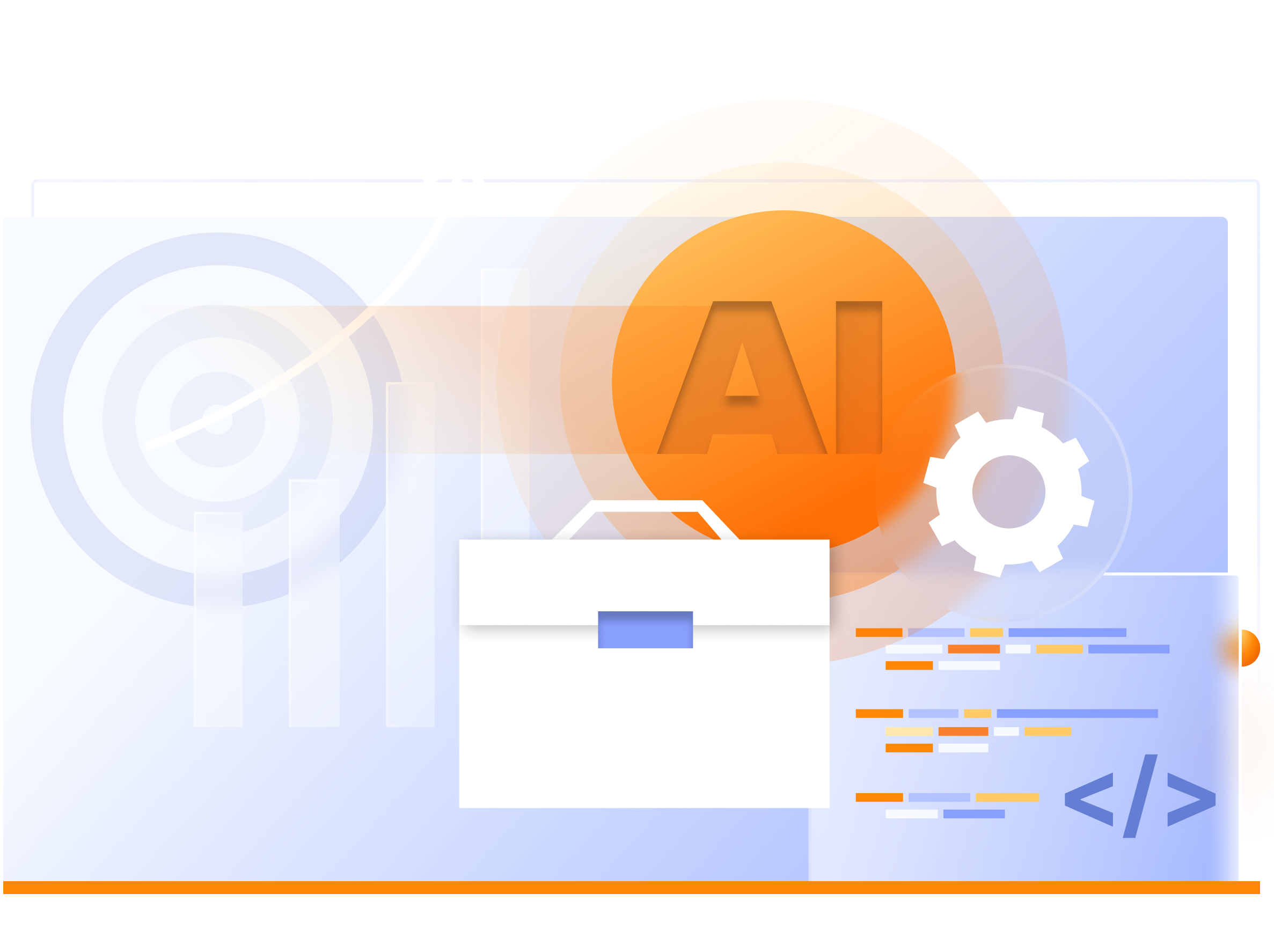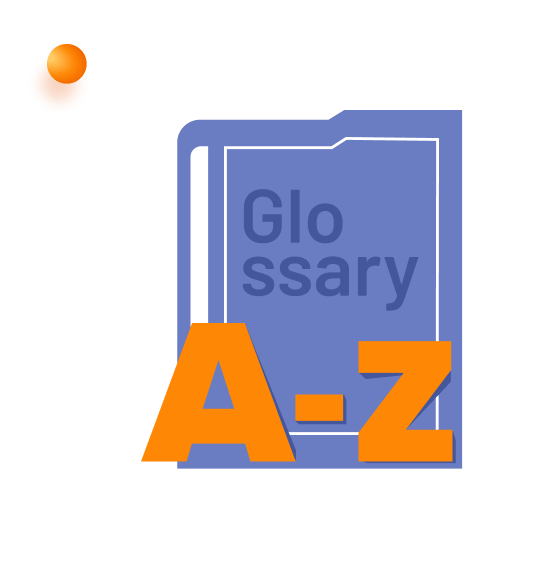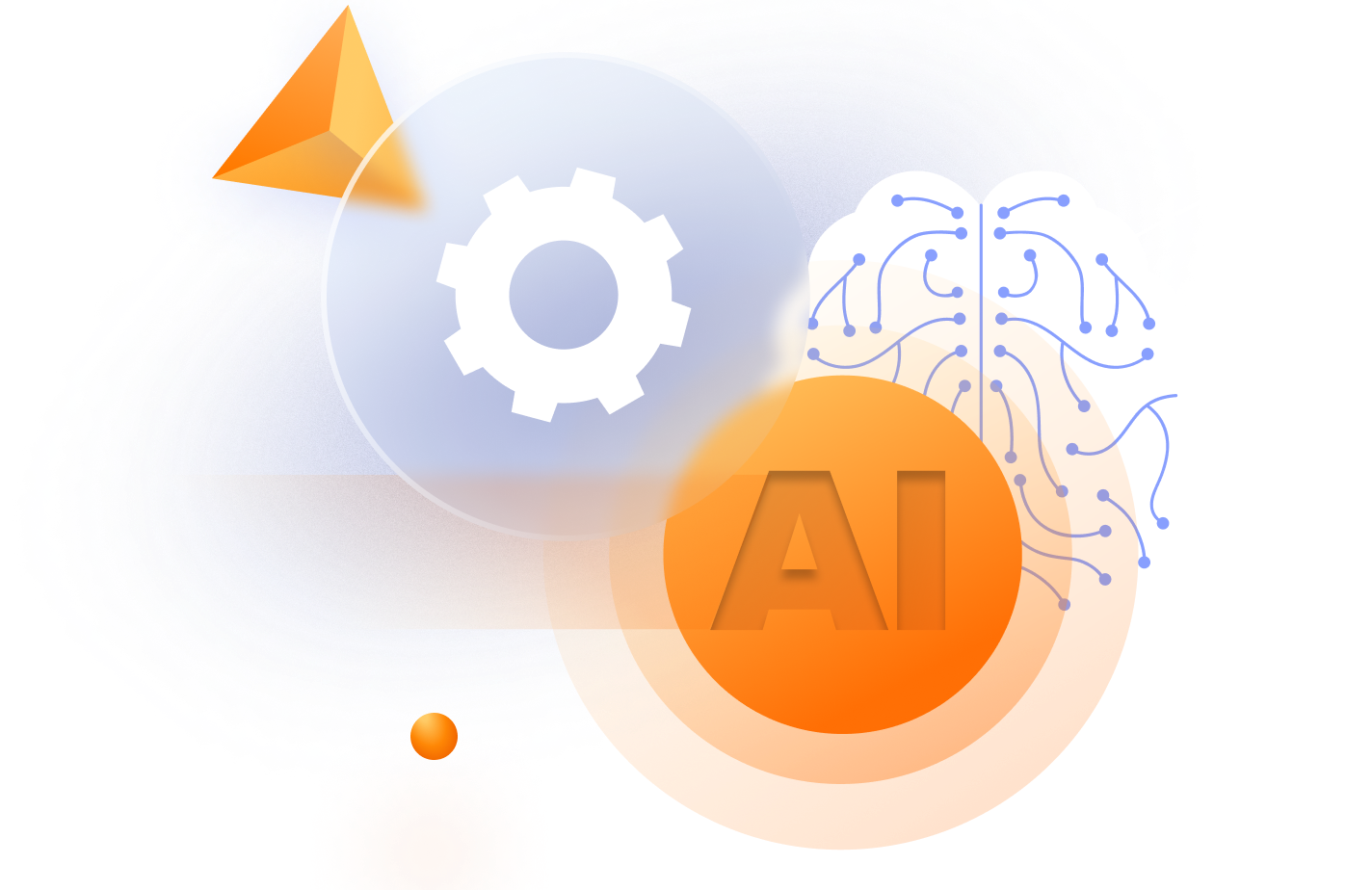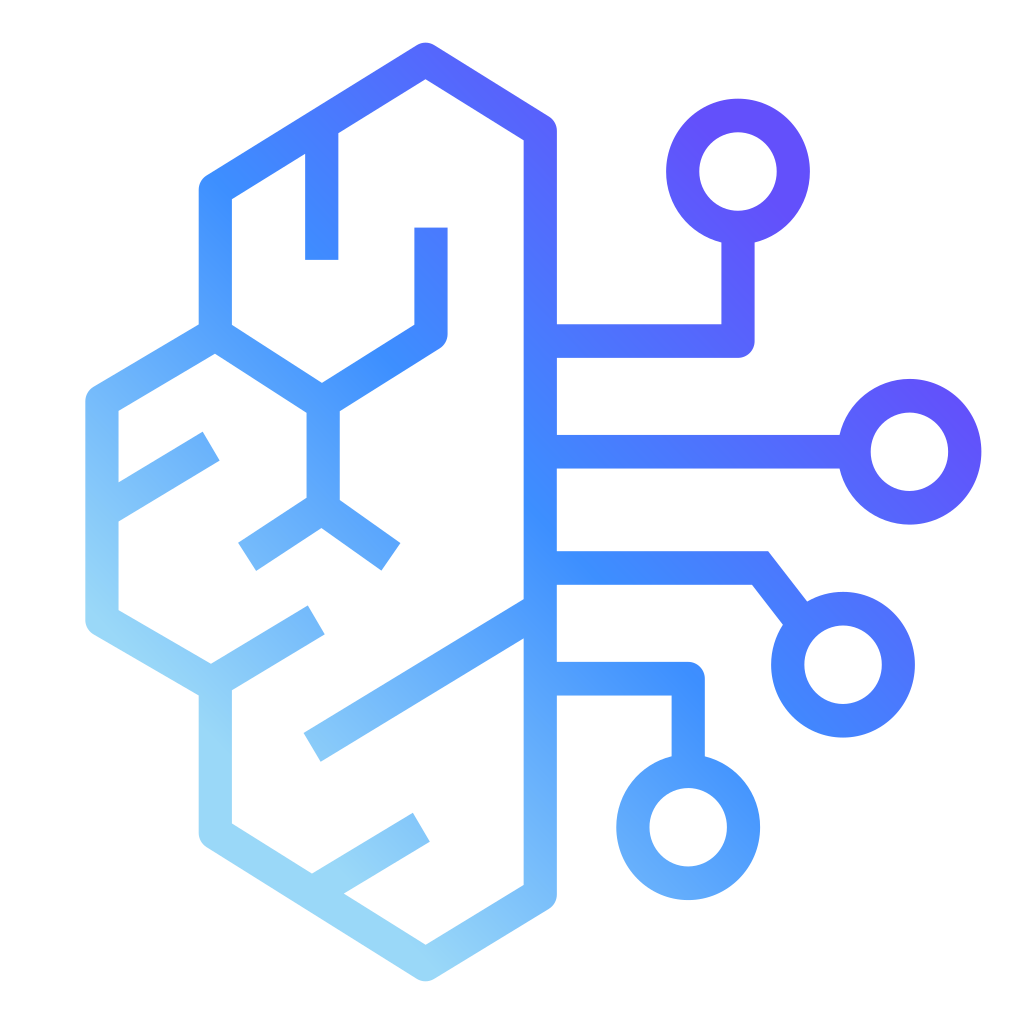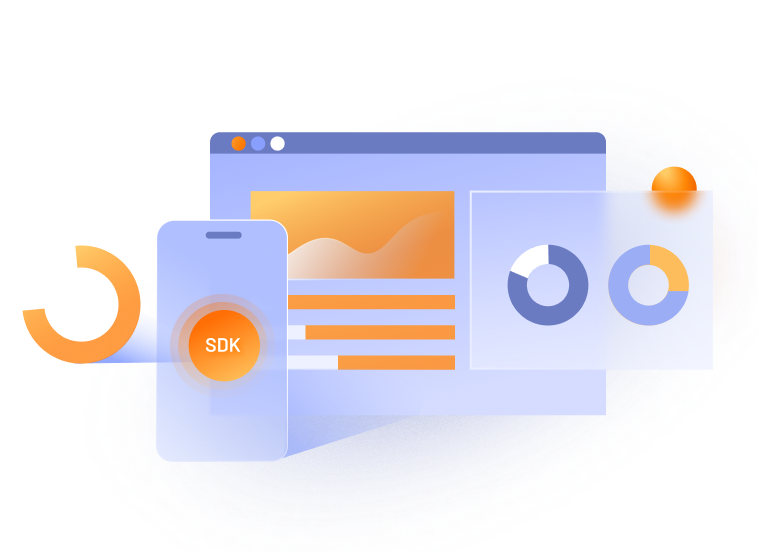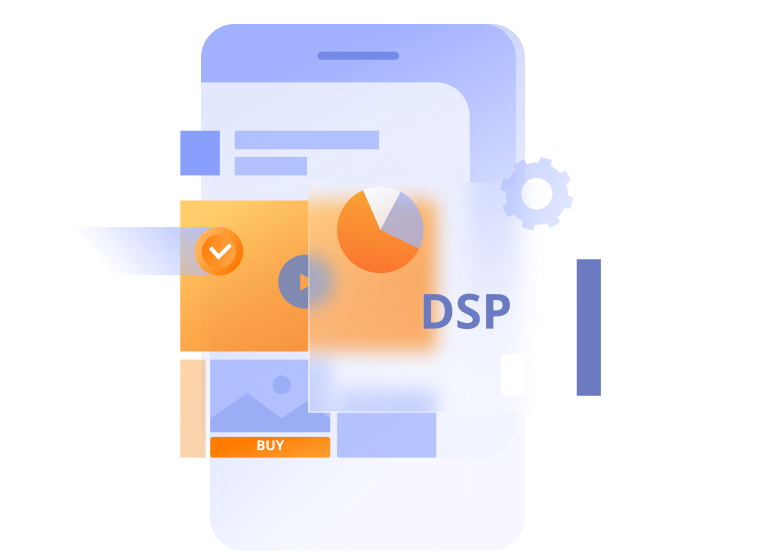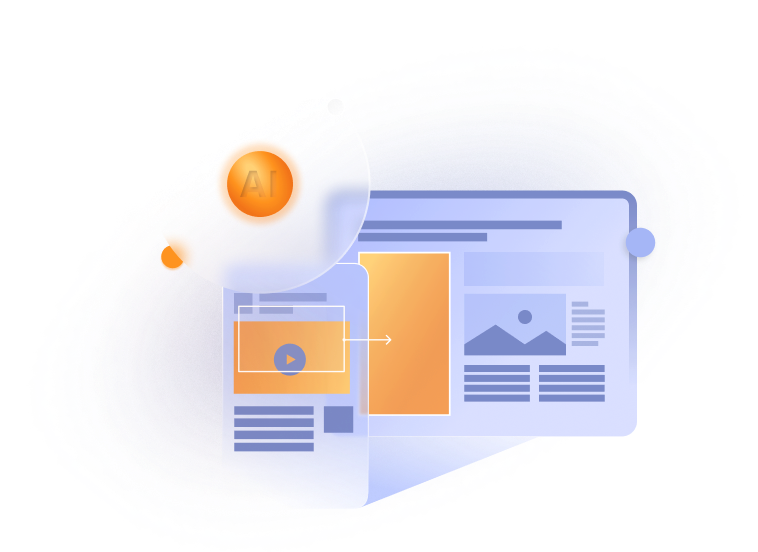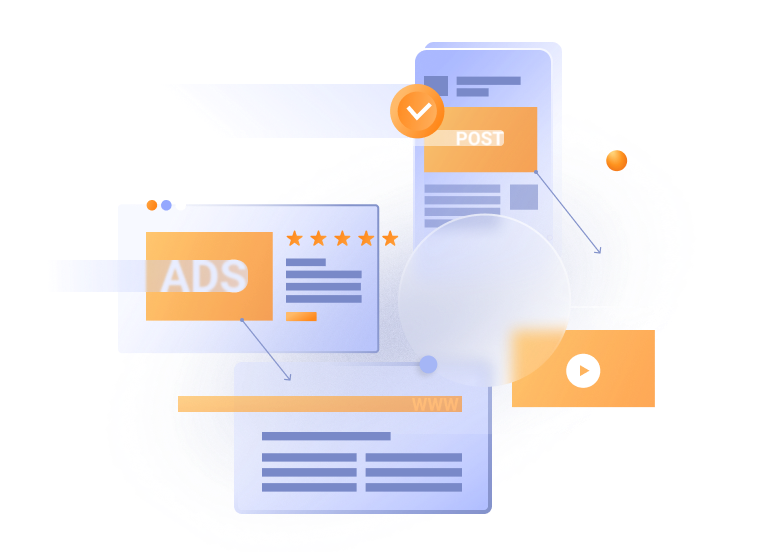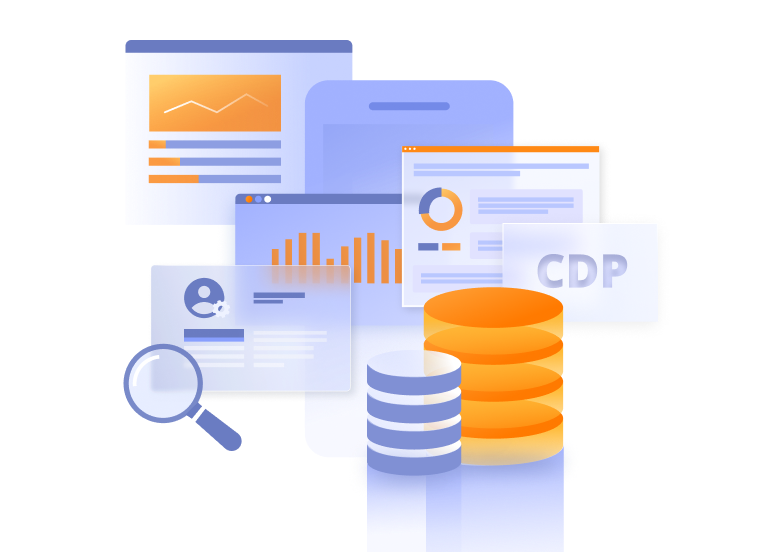- Solutions
- Capabilities
- Industries
- Resources
- About
-
-
- Enterprise AI agents
- Enterprise multi-agent systems (MAS)
- AI chatbots and co-pilots
- Enterprise knowledge management
- Recommendation engines
- AI image and video generators
- AI sound generators
- Fraud detection systems
- Intelligent Process Automation (IPA) systems
- Enterprise business intelligence platforms
- Root cause analysis (RCA) tools
-
-
-
- Data pipeline engineering
- Data stack integration
- Enterprise application modernization services
- Data migration
- Data observability & quality platforms
- Data fabric
- Data infrastructure
- Data mining and preparation
- Infrastructure cost optimization
- Real-time data solutions
- Data analytics solutions
- Data visualization & reporting solutions
- Data strategy
- Data engineering consulting
- Data labeling
- Business intelligence
-
- Fraud detection & risk scoring
- Time series forecasting development
- Predictive maintenance systems
- Churn prediction development
- Demand forecasting systems
- Customer segmentation engineering
- Dynamic pricing systems
- Recommendation engine development
- User conversion prediction
- CTR prediction pipelines
- RTB auction win price prediction
-
- Data labeling for computer vision
- Robotic automation
- Image labeling, analysis and segmentation
- Object detection and tracking
- Face and person recognition
- Intelligent video and character recognition
- Audience measurement for DOOH and Connected TV
- Contextual ad placement in in-game and video advertising
- Brand visibility and exposure analysis
- Sentiment analysis in UGC ads
- Influencer brand fit evaluation
-
-
-
- AI for advertising
- SSP and Ad Network development
- DSP development
- Connected TV (CTV) and OTT advertising platforms
- Programmatic DOOH advertising platform development
- Ad fraud detection and prevention software development
- Custom advertising solutions for publishers
- Retail marketing technology
- Custom in-game advertising solutions
- Customer data platform development
- Autonomous AI agents
-
-
-
